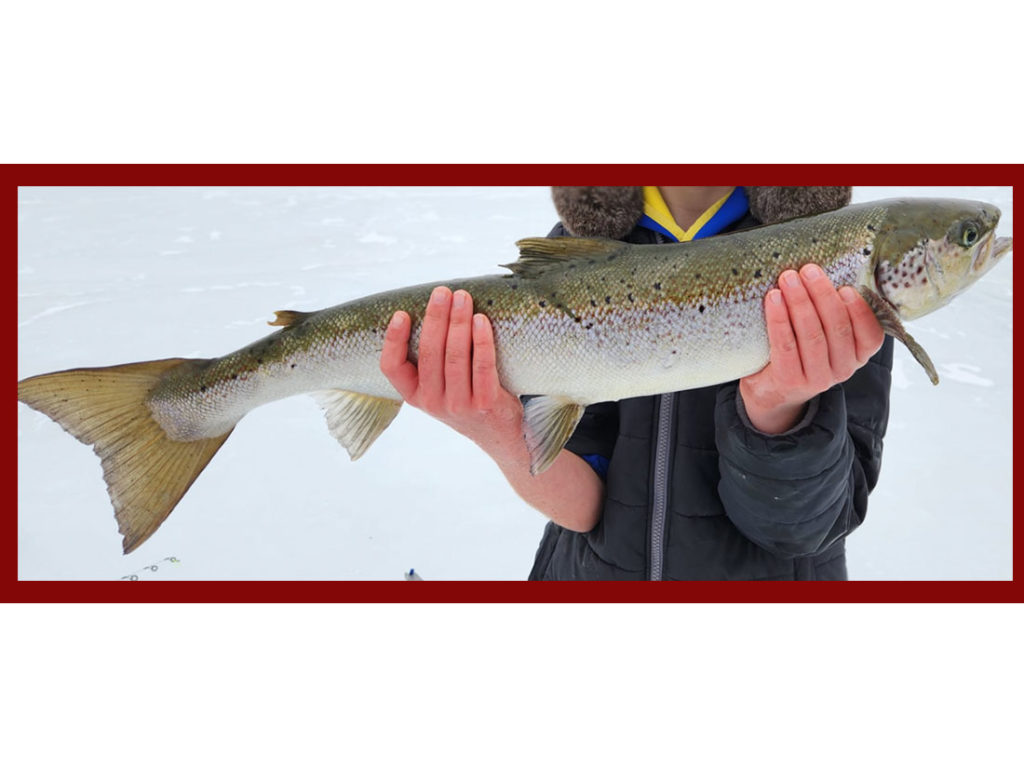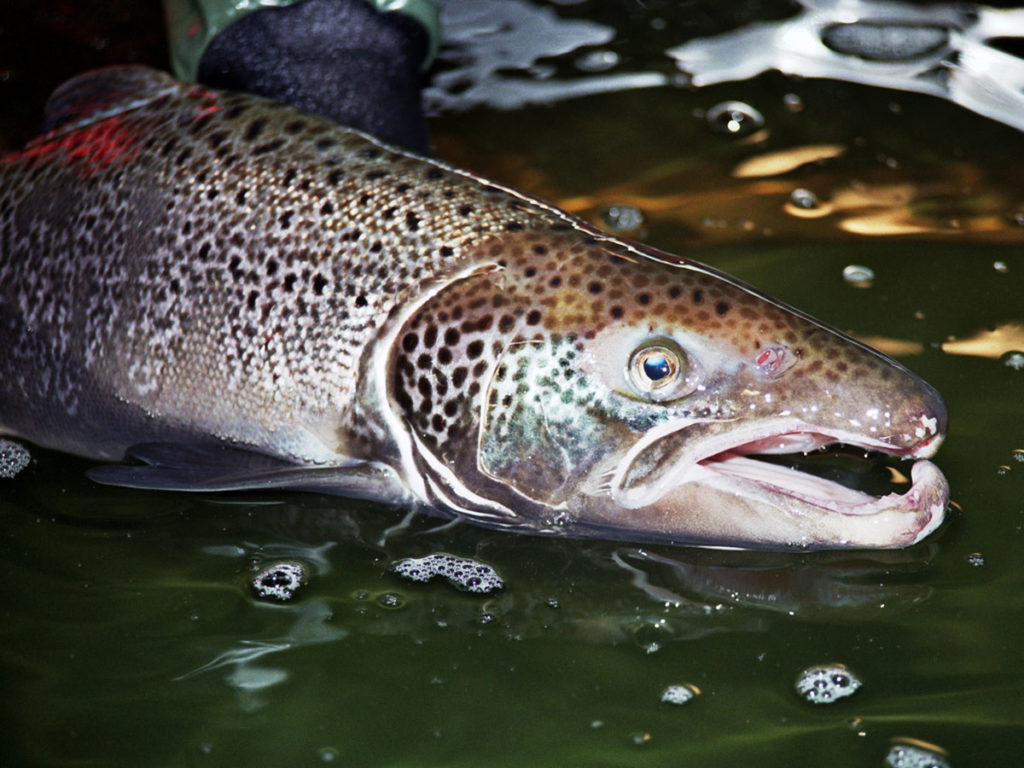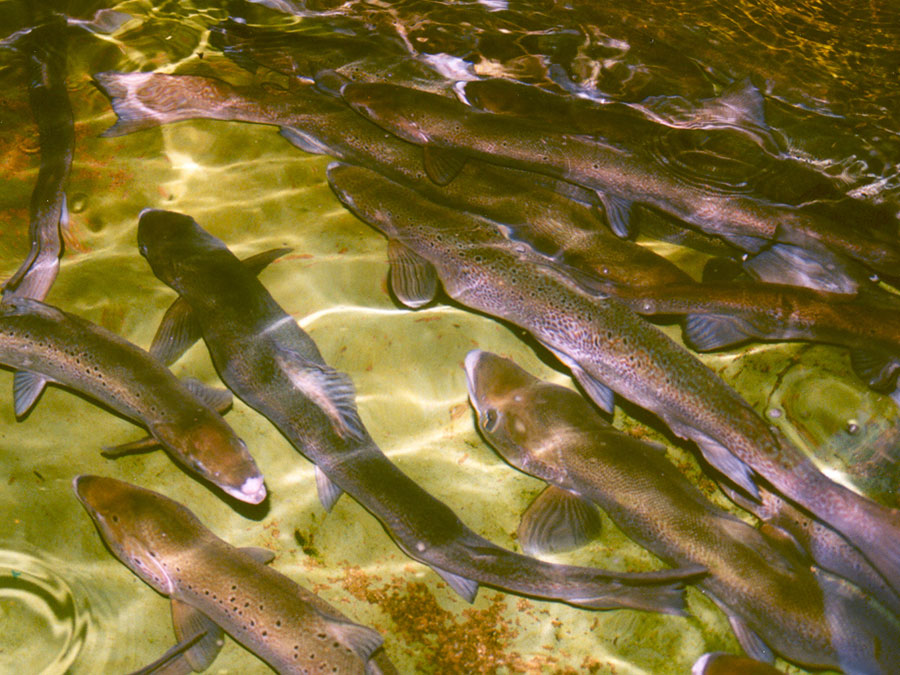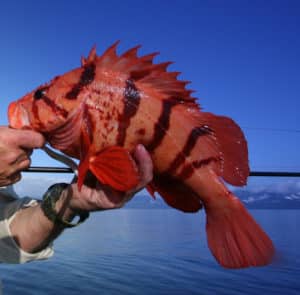
Thomas Morrison and his son, of Winterport, Maine, were ice fishing on Jan. 28 at a secret lake in eastern Maine, not far from the coast. Just 20 minutes into their trip, the pair hooked and landed a prized Atlantic salmon, according to a report in the Bangor Daily News.
The heavily-spotted fish was photographed, then released alive and healthy. That’s a good thing because the 5-pound, 28-inch-long salmon has been listed as an endangered species since 2000. Harvesting sea-run Atlantic salmon (Salmo salar) is unlawful in Maine, while landlocked salmon in rivers and streams have different regulations.
“It was warm that day, and the fish was released alive and well,” said Morrison.
The Bangor newspaper reported that Morrison was unaware of the significance of his catch until he posted a photo of the fish on a state fishing Facebook page. Someone who saw the fish photo noted the salmon had a piece cut out of the fish’s adipose fin. That’s a fin-clipping practice of the Maine Department of Marine Resources (MDMR), used when counting fish in its Atlantic salmon fisheries program. Such “clipped” fish are documented as sea-run mature fish.

Maine’s Atlantic salmon are anadromous fish, spending most of their adult lives at sea, but they must return to fresh waters to spawn. Sea-run salmon experts in Maine say some mature Atlantic salmon survive in the state’s lakes and rivers through the harsh winter months — but it’s rare for anglers to actually catch one there while ice fishing.
Atlantic salmon are among the world’s most esteemed sport fish. Morrison never saw his salmon jump due to the ice covering the lake, but the species is known for its surface fight. In fact, the Romans called the fish “salio” (The Leaper). Morrison’s catch is an important sign that sea-run Atlantic salmon are still hanging strong in Maine, a state with the only native Atlantic salmon population in the U.S. Atlantic salmon have been protected under the federal Endangered Species Act for 23 years. For anyone in Maine to catch an Atlantic salmon is an important event, but one from under the ice makes this catch remarkable. According to MDMR, such a catch “only happens once every couple years.”

The MDMR believes more than 1,300 Atlantic salmon sea run fish passed through Penobscot River dams in 2022. That’s the second-highest return in over a decade in the Penobscot, which was traditionally considered the center of the state’s Atlantic salmon sportfishing (back when they were abundant).
“Based on the photo and the size indicated, it appears to be a sea-run Atlantic salmon that has spent multiple winters at sea versus a grilse, which would have spent only one winter at sea and would be smaller,” a MDMR spokesperson said about Morrison’s fish. “While the body of water is not identified, we do know sea-run Atlantic salmon overwinter in some lakes in Maine.”








